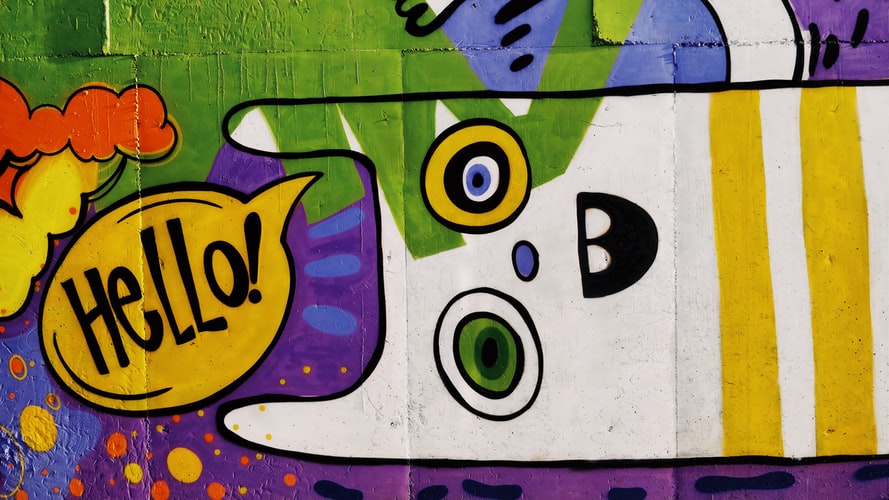Saying “Bonjour” and “Bonsoir” Posted by Bridgette on Jul 16, 2021 in Culture
Saying “Bonjour” and “Bonsoir”
Bonjour is one of the first words people learn when learning French, and most even know it if they have never learned French. It is quite universal, but when to say it is not.
In the US it isn’t unusual to skip a friendly ‘hello’ and get straight to the point – whether it be at the office, ordering coffee, or at the store. In France however, make sure you say bonjour in the following scenarios and then some:
- Au bureau (at the office)
When you walk into work in the morning in France, you shouldn’t skip straight to your desk with barely a morning grumble of greeting to your co-workers. Instead you will need to pop your head over your co-worker’s desk and say ‘bonjour‘ to all of them, or at least the people you work closest with. That could include the président-directeur général (PDG – CEO).
If you’re unsure of your office’s morning etiquette, pay attention to your colleagues and follow suit, even if it seems bizarre.
The same thing applies if you’re walking through the office and see anyone walking past you who you haven’t yet been able to greet, stranger or not – say bonjour.
2. Au café
Same with at the office, despite your morning grumpiness, you must say bonjour at the café before ordering, or risk forever being branded as a rude foreigner.
3. A la boulangerie (at the bakery) or au magasin (at the store)
Same as above. Say bonjour and even add an au revoir or bonne journée (have a good day) whenever you can.
4. Avec les voisins (with the neighbors) and the gardien
Who else hardly ever says ‘hello’ to their neighbors? ? I am not proud of it, and I know that in France it will be obligatory.
It is also equally important to greet your gardien (building caretaker, concierge), especially if you want them to treat you with equal respect then and in the future.
⚠ Although it is customary to say hello in all of these situations and then some, it is unusual to say “comment allez-vous” (how are you) as a greeting like we tend to do in the US. If you ask this, expect an honest answer and not the usual “je vais bien” (I am well) that Americans will give no matter what. I would reserve asking how are you to friends and those of whom you are actually interested in knowing how they are doing.
Okay, so now we know when to say bonjour – which in summation is as much as possible, Beauty and the Beast style. But at what time do you switch from bonjour to bonsoir?
Usually around when people begin to leave work, 17h – 18h (5 pm – 6 pm) is when it is acceptable to switch to bonsoir. Afterward you’ll close the conversation with an effective bonne soirée (have a good evening). You will only say bonne nuit when someone is actually going to sleep.
And when at a social gathering you will not only say bonjour to everyone, but you will also faire la bise (kiss cheeks) with everyone in the room, whether it is the first time you have met them or not. If you’ve never done it before, know that it is more of an ‘air kiss’ and not a full on smooch to the cheek, and some places do 1, 2, or even 3 kisses switching from cheek to cheek! Just follow your kisser’s lead. 🙂
A la prochaine!

Build vocabulary, practice pronunciation, and more with Transparent Language Online. Available anytime, anywhere, on any device.




